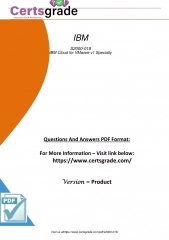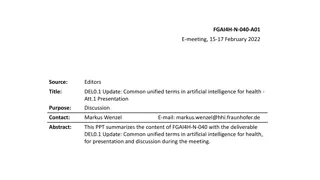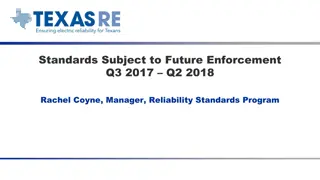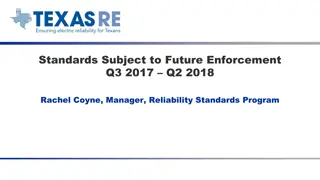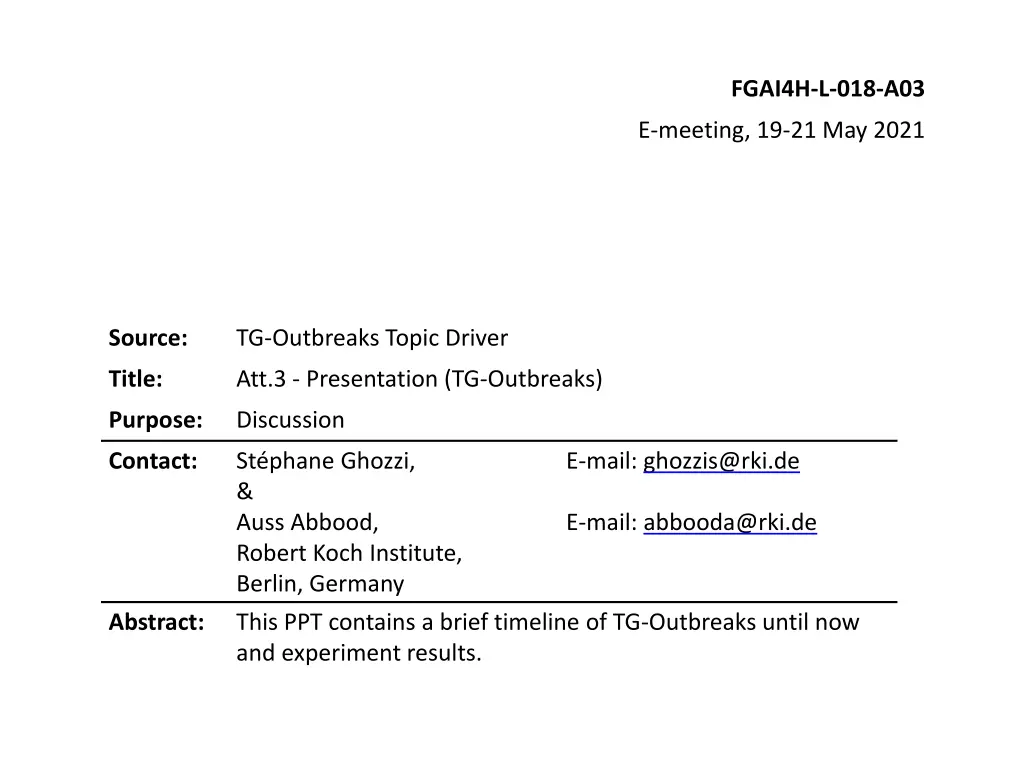
Advanced Techniques in Disease Outbreak Detection and AI Analysis
Explore cutting-edge methodologies for disease outbreak detection and analysis using artificial intelligence technologies. Delve into the latest research findings, experimental results, and the development of new metrics to enhance algorithm performance regardless of data variability. Stay informed about the ongoing efforts to improve outbreak surveillance worldwide and enhance predictive capabilities.
Download Presentation

Please find below an Image/Link to download the presentation.
The content on the website is provided AS IS for your information and personal use only. It may not be sold, licensed, or shared on other websites without obtaining consent from the author. If you encounter any issues during the download, it is possible that the publisher has removed the file from their server.
You are allowed to download the files provided on this website for personal or commercial use, subject to the condition that they are used lawfully. All files are the property of their respective owners.
The content on the website is provided AS IS for your information and personal use only. It may not be sold, licensed, or shared on other websites without obtaining consent from the author.
E N D
Presentation Transcript
FGAI4H-L-018-A03 E-meeting, 19-21 May 2021 Source: TG-Outbreaks Topic Driver Title: Att.3 - Presentation (TG-Outbreaks) Purpose: Discussion Contact: St phane Ghozzi, & Auss Abbood, Robert Koch Institute, Berlin, Germany This PPT contains a brief timeline of TG-Outbreaks until now and experiment results. E-mail: ghozzis@rki.de E-mail: abbooda@rki.de Abstract:
Topic Group: Disease Outbreak Detection St phane Ghozzi and Auss Abbood Robert Koch-Institute, Berlin, Germany Geneva 21st May, 2021
Objective Data AI task warning signal (spatio-)temporal data (reported cases of infection, symptom counts, etc.) Detection of aberrant case numbers ( ) hint on potential outbreak event TG Outbreaks- FG-AI4L 3
Objective AI task warning signal Detection of aberrant numbers ( ) hint on potential outbreak event Benchmarking Test Data: confirmed outbreak labels 4
Timeline Contacted almost 90 people 50 people are interested as of now from almost over 20 organizations and over 15 countries Held calls to harmonize ideas and goals Wrote an extensive review on methods and metrics in outbreak detection Conducted a survey to find gaps in our review and to find most important use cases TG Outbreaks - FG-AI4L 5
Now We found that existing metrics cannot cover all relevant algorithm families alike (e.g. SaTScan and Farrington flexible) We formulated a solution to compare performance regardlessof data stratification and algorithm type We arrieved at the fine tuning part TG Outbreaks - FG-AI4L 6
Setting p(d_i | x) = True label distribution per cell 3 3 X 2 X 2 2 3 1 2 1 X 1 X X X X X X X
Setting Three signals 3 3 X 2 X 2 2 3 1 2 1 X 1 X X X X X X X
Setting p^(d_i | x) = predicted data label per cell
Setting No Signal 3 3 X 2 X 2 2 3 1 2 1 X 1 X X X X X X X
Setting No Signal
Setting One, sensitive signal 3 3 X 2 X 2 2 3 1 2 1 X 1 X X X X X X X
Setting One, sensitive signal
Setting Three, specific signals 3 3 X 2 X 2 2 3 1 2 1 X 1 X X X X X X X
Setting Three, specific signals
Setting One, specific signals 1 1 X 1 X 1 1 1 1 1 1 X 1 X X X X X X X
Setting One, specific signals
Outlook Further exploration of epidemiologically relevant weighting in metric Test cases for other algorithm types

